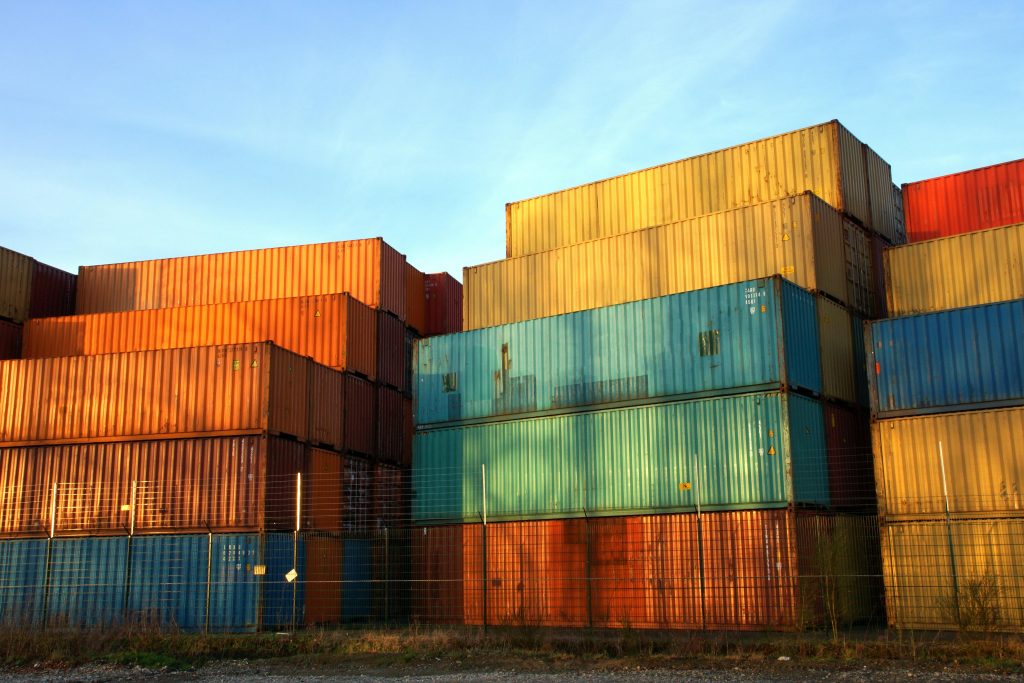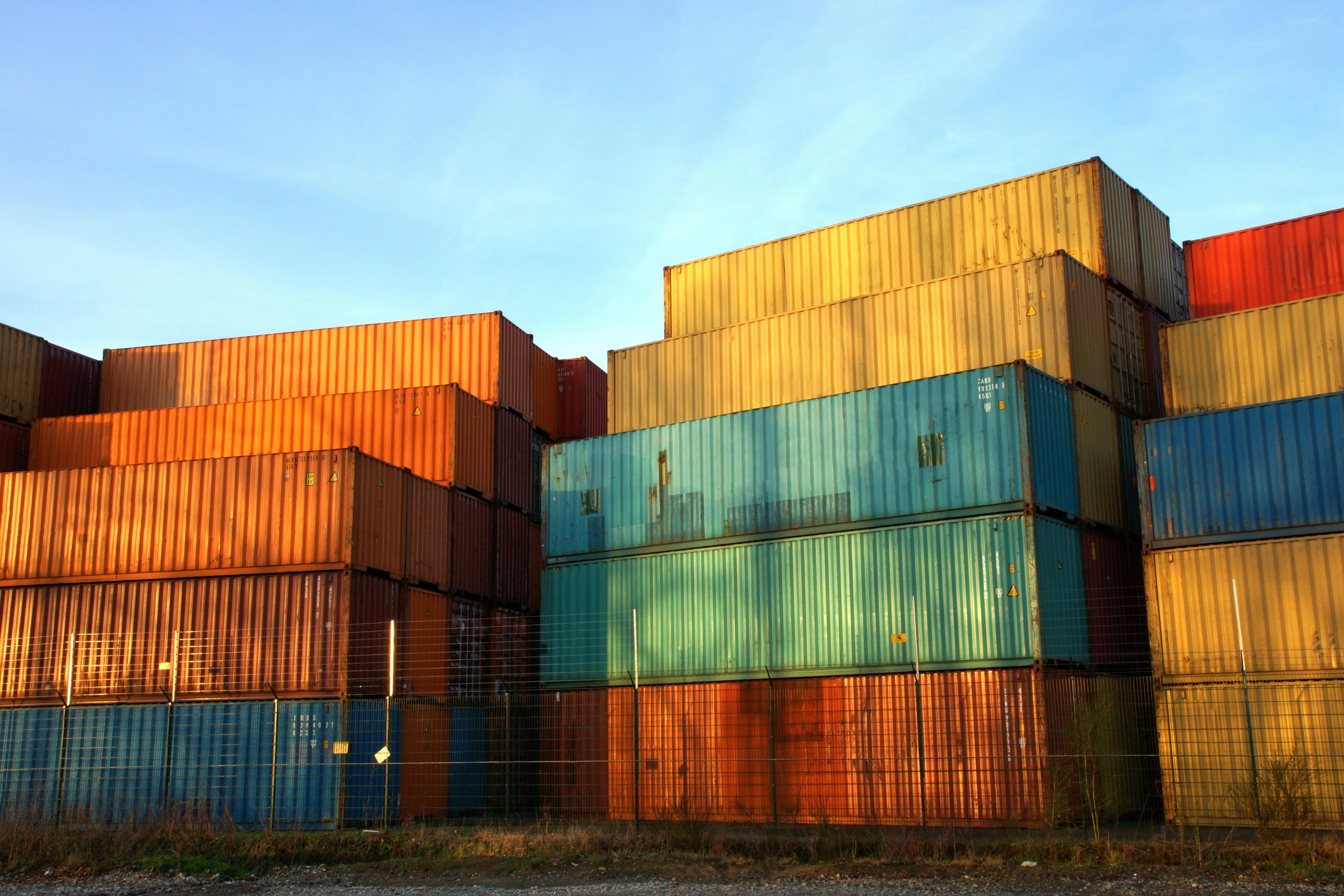Introduction
In today’s fast-paced global economy, efficient supply chain logistics can differentiate market leaders from laggards. Yet traditional planning methods—relying on historical data, spreadsheets, and manual processes—struggle to keep pace with fluctuating demand, complex transportation networks, and unexpected disruptions. Enter Artificial Intelligence (AI): by harnessing vast data streams, machine learning algorithms, and real‑time analytics, AI empowers businesses to forecast demand accurately, optimize routes, automate warehousing, and proactively manage risks. This guide explores how AI transforms each stage of the supply chain, delivering cost savings, greater agility, and enhanced customer satisfaction.
1. Demand Forecasting and Inventory Optimization
1.1 From Heuristics to Predictive Models
Traditional demand planning often uses simple moving averages or seasonal indices, leading to stockouts or excess inventory. AI shifts this paradigm:

- Machine Learning Algorithms: Techniques like Random Forests, Gradient Boosting, and Recurrent Neural Networks process historical sales, promotions, weather data, and social media trends to predict demand with higher accuracy.
- Real‑Time Adjustments: AI models continuously retrain on incoming data—point‑of‑sale transactions, e‑commerce clicks, and even macroeconomic indicators—to adapt forecasts dynamically.
1.2 Inventory Safety Stock and Replenishment
By coupling demand predictions with lead‑time variability analysis, AI systems calculate optimal safety stocks:
pythonCopyEdit# Pseudo-code for safety stock calculation with forecast error
import numpy as np
forecast_errors = np.array(historical_forecast - actual_sales)
service_level = 0.95
z_score = norm.ppf(service_level)
safety_stock = z_score * np.std(forecast_errors) * np.sqrt(lead_time_days)
- Benefits:
- Reduces holding costs by 20–30%
- Decreases stockouts by up to 50%
- Improves fill rates and customer satisfaction
2. Route and Transportation Optimization
2.1 Solving the Vehicle Routing Problem (VRP)
AI tackles complex optimization tasks—like VRP—with metaheuristics and reinforcement learning:
- Genetic Algorithms & Ant Colony Optimization: Evolve route plans that minimize total distance, fuel consumption, or delivery time across thousands of stops.
- Deep Reinforcement Learning: Agents learn routing policies by trial and error in simulated environments, adapting to traffic patterns and road closures.
Real‑World Analogy
Imagine hundreds of delivery drivers competing in a puzzle where each move reshapes the map—AI acts like an expert player who rapidly evaluates millions of configurations, selecting the most efficient routes.
2.2 Dynamic Rerouting with Real‑Time Data
- Traffic and Weather Feeds: AI platforms ingest live GPS, traffic congestion, and weather alerts to reoptimize routes on the fly.
- Predictive ETA: By learning from past trip data, AI predicts arrival times with up to 95% accuracy, improving customer transparency.

3. Warehouse Automation and Robotics
3.1 Smart Picking with Computer Vision
AI‑powered imaging systems identify SKU locations and guide autonomous robots or human pickers:
- SKU Recognition: Convolutional Neural Networks (CNNs) detect products in bins, even under imperfect lighting.
- Augmented Reality (AR): Smart glasses overlay pick instructions onto the worker’s field of view, reducing errors by 40%.
3.2 Autonomous Mobile Robots (AMRs)
Robots navigate warehouse floors using AI‑driven SLAM (Simultaneous Localization and Mapping):
- Benefits:
- 24/7 operations with minimal downtime
- Scalable flexibility during peak seasons
- Lower injury rates and ergonomic improvements for staff
4. Predictive Maintenance and Asset Management
4.1 Monitoring Equipment Health
Sensors on forklifts, conveyors, and packaging machines stream vibration, temperature, and usage data:
- Anomaly Detection: Unsupervised learning models flag deviations from normal behavior—e.g., rising motor vibrations indicating impending failure.
- Prescriptive Alerts: AI recommends maintenance actions before breakdowns occur, reducing unplanned downtime by 30–50%.
4.2 Lifecycle Cost Optimization
By forecasting failure rates and maintenance costs, AI helps balance preventive vs. corrective strategies, extending asset lifespans and minimizing repair budgets.
5. Risk Management and Resilience
5.1 Early Warning Systems
Supply chains span continents, exposing them to political, environmental, and supplier risks:

- News and Social Media Mining: Natural Language Processing (NLP) models scan global newsfeeds for mentions of strikes, natural disasters, or regulatory changes impacting suppliers.
- Multi‑Factor Risk Scoring: AI aggregates geopolitical, financial, and transit data to rate supplier and route reliability in real time.
5.2 Scenario Simulation and Contingency Planning
Digital twins—AI‑driven virtual replicas of supply networks—allow planners to simulate disruptions:
- What‑If Analysis: Evaluate the impact of a major port closure or sudden demand spike on inventory levels and customer service.
- Automated Mitigation: AI suggests alternative sourcing or rerouted shipments to maintain service continuity.
6. Cognitive Automation and Process Orchestration
6.1 Intelligent Order Management
AI chatbots handle complex order inquiries and exceptions:
- Natural Language Understanding: Customers can ask, “When will my order arrive?” or “Can I change my delivery address?” AI parses intent and triggers back‑end processes.
- Workflow Automation: From credit checks to shipment scheduling, AI engines execute multi‑step processes without human intervention, reducing order cycle times by up to 60%.
6.2 Invoice and Document Processing
Using Optical Character Recognition (OCR) and NLP, AI extracts key fields from invoices, bills of lading, and customs forms—streamlining accounts payable and compliance checks.
7. Measuring ROI and Continuous Improvement
7.1 Key Metrics to Track
- Forecast Accuracy (MAPE): Reduction in mean absolute percentage error.
- Transportation Cost per Mile: Savings achieved through optimized routing.
- Warehouse Throughput: Orders picked per hour before vs. after automation.
- Downtime Reduction: Percentage decrease in unplanned equipment outages.
- Order-to-Cash Cycle Time: Time from customer order to payment receipt.
7.2 Feedback Loops
AI systems thrive on data. Establish continuous feedback:

- Data Collection: Capture outcomes—actual vs. predicted demand, on‑time arrival, maintenance events.
- Model Retraining: Schedule periodic retraining to incorporate new patterns.
- Performance Reviews: Regularly evaluate KPI progress, adjust algorithms, and expand AI coverage.
Conclusion
AI’s transformative impact on supply chain logistics spans from accurate demand forecasting and optimized routing to intelligent warehouses and proactive risk management. By leveraging machine learning, computer vision, robotics, and NLP, organizations can reduce costs, enhance service levels, and build resilient, data‑driven operations. The journey begins with small pilots—integrating AI into one workflow—and scales through continuous measurement and iteration. As AI matures, the competitive edge will belong to those who embrace automation strategically, weaving intelligent systems into every link of their supply chains.

